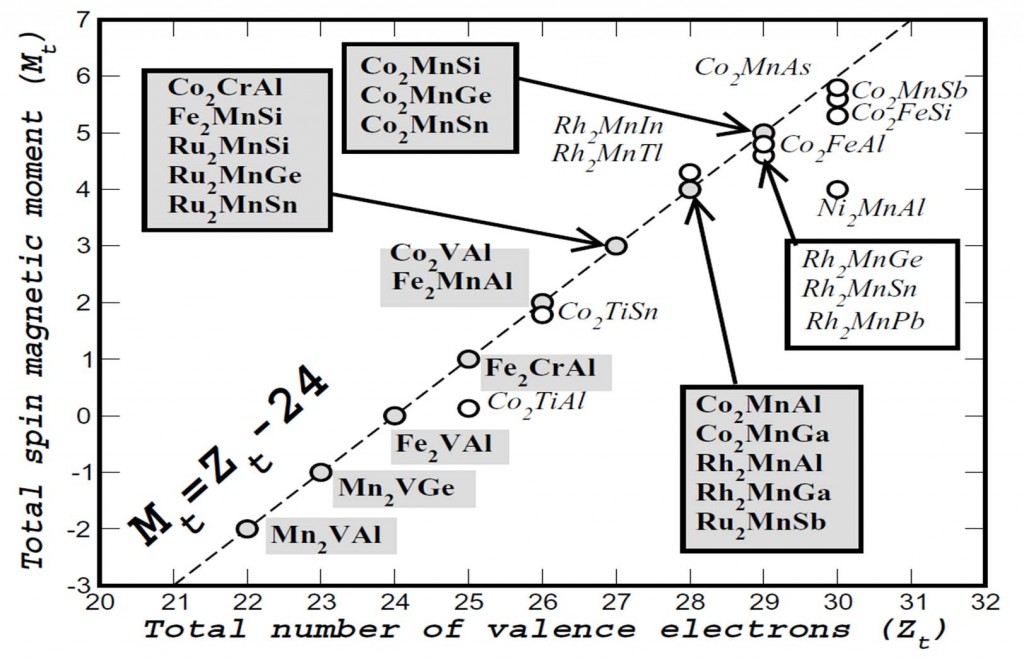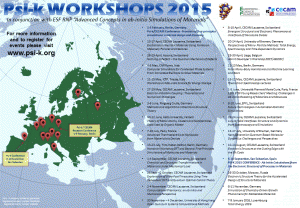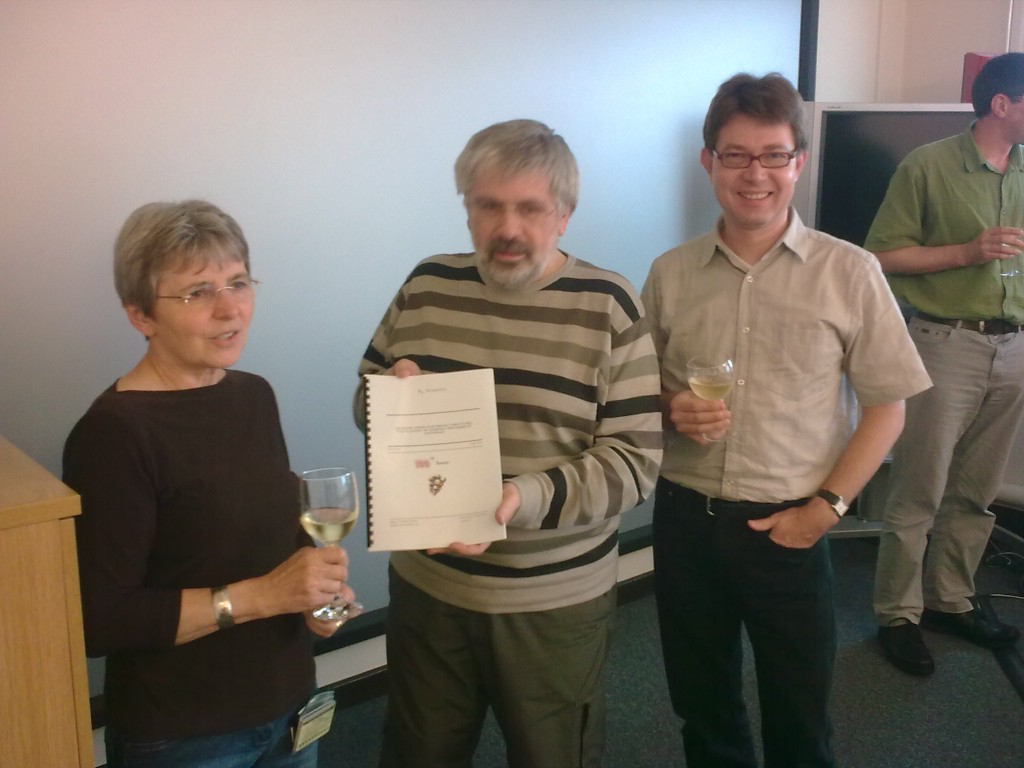Scientific report on the conference
“Nothing is perfect – the quantum mechanics of defects”
Ascona, Monte Verità
April 26th – April 29th 2015
View the full conference report here.
Topic and goal of the conference
In recent years we have been observing huge progress in first principles defect science. However, due to the widespread interest in defects, new developments have been disconnected with little crosstalk between the various disciplines and communities. In our experience, defects are typically discussed at topical conferences on specific materials or material classes. It was our aim to change this state of affairs with our proposed workshop.
By pooling expertise in a single event we intended to provide a unique opportunity for assessing the current state of the field. We have brought together a representative selection of distinguished researchers in defect science. In oral presentations, the invited speakers have addressed the different aspects of the grand challenges at stake in the modelisation of defects. Ample discussion time has been reserved after each presentation to reflect on the immediate challenge and its ramifications. In addition, we have organized a round table discussion, in which general interest topics that do not fit the regular scientific talks have been discussed.
Continue reading Nothing is perfect – the quantum mechanics of defects




